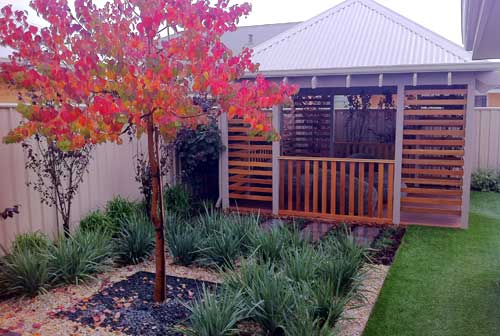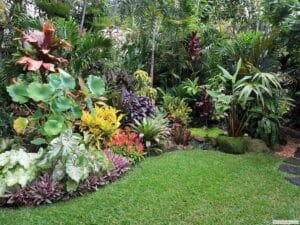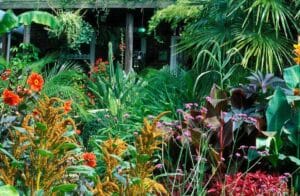Cold weather is one of the toughest to survive for both humans and plants, and for this reason, one must consider carefully the plants for cold weather they choose. While a perennial cold weather climate is rare, there are cold seasons when you really need your lawn or garden to look good and more importantly survive.
There are some tips that you can follow while picking your plants to achieve both these goals.
Cold Weather
Depending on where you are, the cold weather varies drastically, and the same applies to applicable plants for cold weather. Regions that are closer to the poles tend to have harsh winters with snow and freezing winds. These are found in regions closer to the poles. As one moves away from the pole, the cold weather is not as harsh but is certainly cold enough. Typically in temperate regions, cold weather is marked by low temperatures and wet weather. Frost is also very common and this can be quite damaging to the plants.
How do Plants Adapt to Cold weather
Regardless of where they are, local and native plants tend to adapt to the cold weather in different ways. The most common adaptation in snowy regions is spiny leaves with branches tapering down to let the snow slide. In the more temperate climate, trees tend to shed their leaves and enter a dormant state. Right through the winter, these plants look like a dead stump, springing back to life with warmer climates. Of course, if a plant is not native to cold weather, there is a very good chance it will not survive a very harsh winter.
Common Tips to Protecting Plants in cold weather
The best way to protect the plants during cold climate is really to let them be and not fiddle with them – even if they seem to be partially damaged. For example, if you see a frost burn on a branch or leaf, do not try to mend it during winter. The damaged part actually offers protection to the inner section and reduces further damage. If you were to mend it, you are exposing the better part of the plant to additional damage, this is how plants for cold weather survive.
Another good tip is to wait for the onset of spring and start planting the new summer plants around that time. Ensure that you leave the mulch and snow on the planted trees. While this may seem harsh, the much and snow will provide nourishment, moisture, warmth and protect the sapling or seed well.
Cold Weather Plants
A good start to selecting plants for cold weather is to think local – all the native plants and trees have evolved over years to adapt to the changing conditions in the local climate, so they are most likely to survive the seasonal variations better than others.
1) Sunshine Wattle: This is an acacia with pinnate leaves and pale yellow flowers. This plant blossoms during autumn and winter seasons adding a lot of colour and life to otherwise dull landscape. This small shrub can attain heights of up to a meter.
2) Heath Banksia: This is another flowering shrub that can withstand cold weather. The striking feature of this plant is its long orange coloured flowers full of nectar. This shrub also flowers in winter. As a rich source of nectar, this plant also attracts a lot of birds adding more life and action to your garden and lawn in winters too.
There are many other native plants for cold weather such as alpine bottlebrush, fringe myrtle among others, which can add some brilliant colours to your lawn even during the cold winter months.





